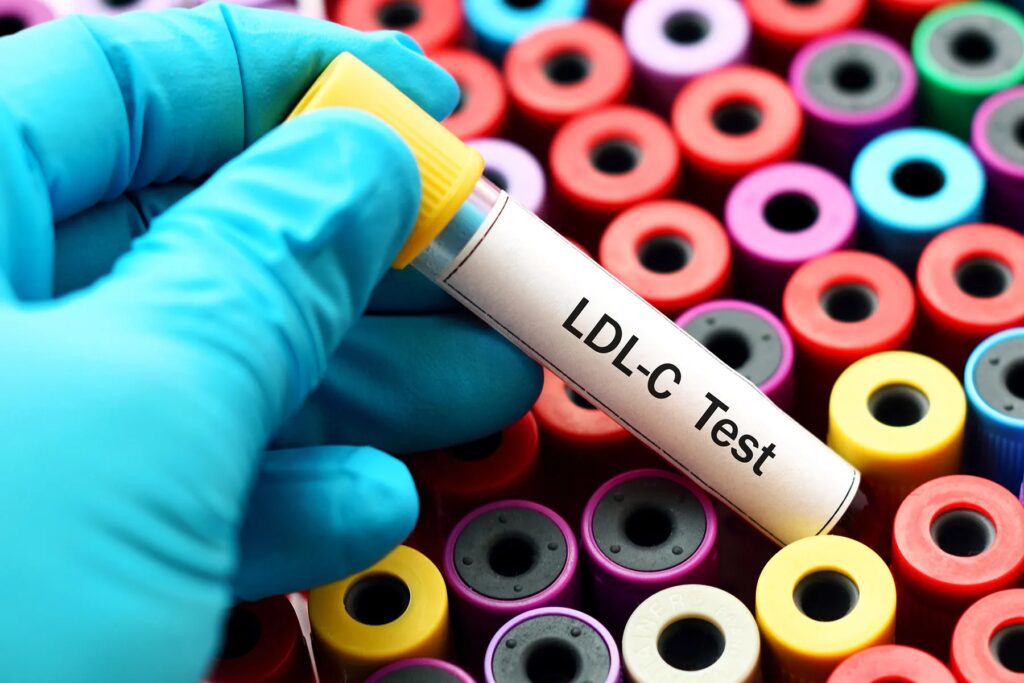You may have heard that a paleo diet can help with weight loss. That’s most likely because it’s filled with of lean meats, fish, fruits, vegetables, nuts, and seeds while being low in carbohydrates and processed and sugary foods.
But how might the paleo diet affect your cholesterol?
You’ve probably heard of two types of cholesterol in your body: HDL, often called good cholesterol, and LDL, or bad cholesterol.
LDL stands for low-density lipoprotein. It contributes to fatty buildup in your arteries, a condition called atherosclerosis. This can raise your risk of serious cardiovascular problems like a heart attack, a stroke, or peripheral artery disease (PAD).
HDL, or high-density lipoprotein, moves LDL cholesterol from your arteries to your liver. There, your body breaks it down and gets rid of it. High levels of HDL help protect against heart attack and stroke.
Triglycerides, the most common type of fat in your body, are related. A high triglyceride level along with high LDL cholesterol or low HDL cholesterol may lead to fatty buildup in the artery walls and a higher risk of heart attack and stroke.
When you follow the paleo diet, you can eat lots of:
- Fruits
- Vegetables, nuts, and seeds
- Lean meats, with a focus on grass-fed animals or wild game
- Fish rich in omega-3 fatty acids, like salmon, mackerel, and albacore tuna
- Oils from fruits and nuts, such as olive oil or walnut oil
You generally avoid:
- Grains like wheat, oats, and barley
- Legumes including beans, lentils, peanuts, and peas
- Dairy products
- Refined sugar
- Salt
- Potatoes
- Foods that are highly processed
A diet with lots of whole foods is healthier than one loaded with highly processed foods. It can offer health benefits like:
But does this add up to lower cholesterol levels? The answer: It depends.
Because there’s no exact eating plan that defines the paleo diet, it’s impossible to say how it will affect one person’s cholesterol levels, says Alix Turoff, a registered dietitian and nutrition consultant.
“The paleo diet involves limiting certain foods such as grains, dairy, legumes, and added sugar, but it doesn’t specify how much of the ‘allowed’ foods one should eat,” she says.
“This leads to a lot of variation in the way people follow this diet. … Some people might consume a lower-fat/higher-carb paleo diet, while others will consume a higher-fat/lower-carb paleo diet, which would have a different impact on cholesterol levels.”
For example, the paleo diet doesn’t limit on red meats like beef, pork, or lamb, which are high in saturated fat. Because of the role that saturated fat plays in high cholesterol, the American Heart Association recommends that it make up less than 6% of your daily calories. That’s about 11 to 13 grams for most people. You can reach that level quickly with foods like bacon (about 1 gram per slice) and lean beef (about 4.5 grams per 3.5-ounce serving).
How much fiber you get is also important for your cholesterol levels. Fiber is found in plants, which are carbs.
“Fiber has important cholesterol-lowering benefits. And because fiber is part of the carbohydrate, you can only get fiber in your diet by eating carbohydrates,” Turoff says. “So for someone looking to lower their cholesterol levels by limiting their carbohydrate intake, they should also be aware that their fiber intake might also go down.”
The best solution is to load up on vegetables, which are rich in vitamins and minerals as well as fiber, thanks to their complex carbohydrates. These are different from simple carbohydrates like added sugars, which can raise your cholesterol levels if you eat too many of them.
In addition to how much fat and fiber you’re eating, things like activity levels and even your genes can affect cholesterol.
“There is a subset of individuals who may notice more unfavorable trends in their blood lipid levels after adopting a paleo diet. In this case, the amount of saturated fat may be tweaked, alongside other lifestyle factors,” says Tara Allen, a registered nurse and certified nutrition coach.
One small study included 44 adults on a paleo diet. After 10 weeks, their LDL cholesterol went up 12.5 milligrams per deciliter (mg/dL) and total cholesterol went up 10.1 mg/dL. Triglycerides also rose slightly.
But, Allen says, “the paleo diet has also been shown to increase HDL levels, ‘good’ cholesterol, and reduce blood sugar levels — a large contributing factor to blood vessel damage.”
More research is needed into how the paleo diet affects cholesterol.
“We do have some strong research to support that lower-carb diets can be effective in improving cardiovascular disease markers such as total cholesterol, LDL cholesterol, HDL cholesterol, and triglycerides,” Turoff says. “There are also studies that show a lower-carb diet can increase cholesterol levels. Again, it likely comes down to the specific breakdown of the low-carb diet. How low-carb? How much total fat and saturated fat?
“The consensus isn’t there yet to say definitively how a low-carb diet will impact cholesterol levels, and it will likely take longer-term studies to give us more insight into this.”
If you’re watching your cholesterol levels or how your diet might affect them, talk with your doctor or a registered dietitian.
“Tell them about your concerns,” says Lola Adeyemi, MD, a preventive and public health doctor and the co-founder and chief operating officer of Magna Carta Health. “A lot of times, they will be able to guide you and help monitor your health and wellness journey. It’s not only about getting on a ‘low-carb diet’; it’s about managing your overall health. You will be able to set a level at which you want to get your cholesterol levels, and when and how to keep it on track. Combining that with exercise goes a long way.”

